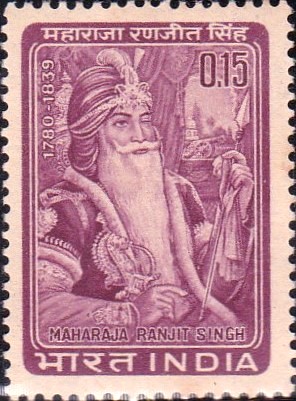
Maharaja Ranjit Singh 1966
A commemorative postage stamp on Sher-e-Punjab Maharajah Ranjit Singh, defeated Zaman Shah Durrani in Afghan-Sikh Wars to capture Lahore :
 Issued by India
Issued by India
Issued on Jun 28, 1966
Issued for : The reign of Maharaja Ranjit Singh was the harbinger of great things to come – the birth of a modern nation transcending communal distinctions. Today, when our great leaders are building up a secular state wherein there are equal opportunities for all with no distinction between man and man, the Posts and Telegraphs Department joins the nation in paying homage to this great hero of history by issuing a commemorative postage stamp on the occasion of his death anniversary.
Type : Stamp, Mint Condition
Colour : Red Purple
Denomination : 0.15
Overall Size : 3.3 X 2.46 cms.
Printing Size : 2.99 X 2.1 cms.
Perforation : 13 x 13
Watermark : Printed on unwatermarked paper
Number Printed : 20,00,000
Number per issue Sheet : 54
Printing Process : Photogravure
Designed and Printed at : India Security Press
Name : Buddh Singh
Born on Nov 13, 1780 at Gujranwala, Punjab, British India [now in Pakistan]
Died on Jun 27, 1839 at Lahore, Punjab, British India [now in Pakistan]
About :
- Born in 1780 AD, Maharaja Ranjit Singh has been rightly called the founder and architect of secularism in India. His father, Mohan Singh, a petty chieftain, died when Ranjit Singh was hardly eleven years old.
- He had to face a herculean task from the very beginning and to take the sword at a very young age. The country was torn by internal dissensions and jealousy. Hostile eyes were looking greedily at the Punjab and it was left to Ranjit Singh to protect it from its many enemies. By sheer dint of courage, sagacity and wisdom, he rallied a disunited people, roused them to a supreme effort and made them masters of the land. Himself illiterate, educated by the milieu in the art of practical warfare, he carved out a great kingdom in northern India.
- Maharaja Ranjit Singh raised a most powerful fighting force and, for the first time in a thousand years of Indian history, brought the traditional invaders of India to their knees. Not only this, he pushed up his realm to Jamrud and defeated the Pathans in their own territory so that he could command the entrance to the Khyber Pass. In the history of the world it would be hard to find another ruler who never took life in cold blood yet built up such a large empire. His reign was free from any acts of cruelty and oppression. His success was mainly due to his ability to arouse the nascent sense of nationalism amongst his people and make them conscious that more important than being Muslim, Hindu or Sikh was the fact of belonging to one’s country. Considerations of caste or creed never weighed with him and he meted out justice impartially to all his subjects, regardless of their religious affiliations. Due recognition was given to ability and loyalty and thus he was assured of the assistance of a band of highly capable and devoted lieutenants. Among his officers and courtiers, the Prime Minister was a Hindu, the Foreign Minister a Muslim, and there were other high dignitaries from different communities. Maharaja Ranjit Singh never adopted the theory of the Divine Right of Kings, never gave himself any high-sounding titles and never claimed any supernatural powers. He picked out men like jewels and cherished them.
- Maharaja Ranjit Singh passed away at Lahore in June, 1839. He has left an indelible mark on the pages of history. He was a great soldier and statesman – one of the greatest that India has produced in her long history.


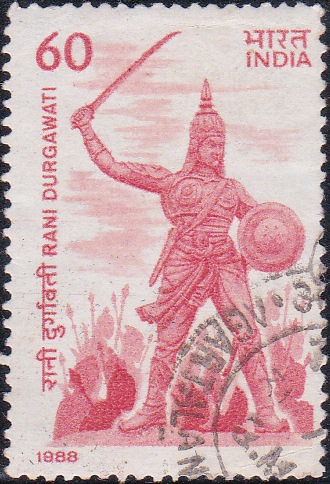
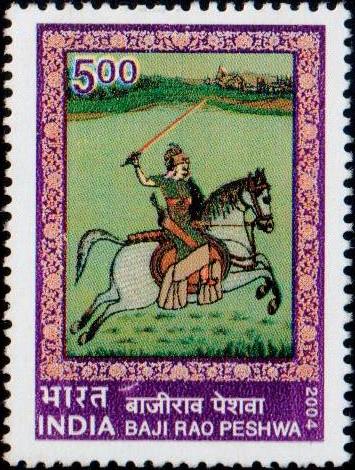
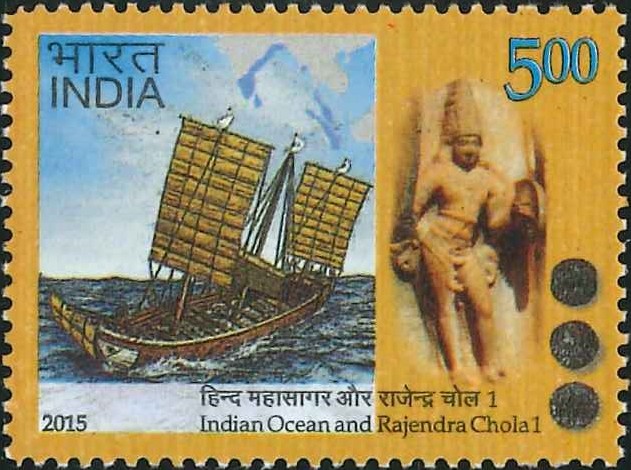
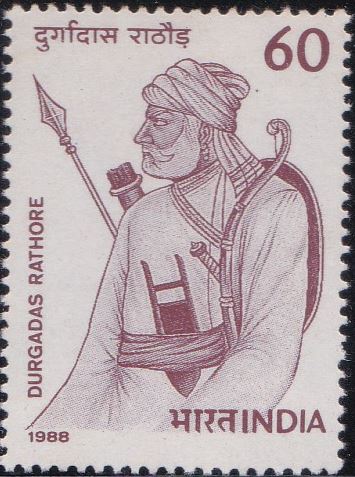
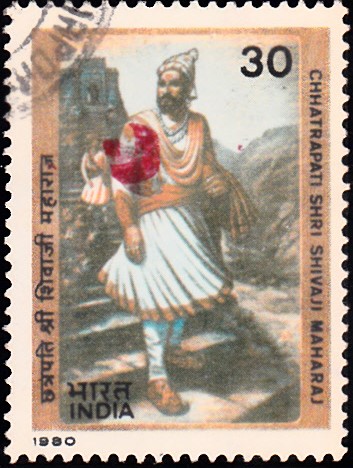
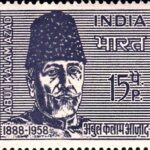
[…] ranks of the Khalsa at the tender age of ten and rose from a Khidmatgar to Sardar at the Court of Maharaja Ranjit Singh in just three years’ time. He earned the title ‘Nalwa‘ for killing a tiger […]